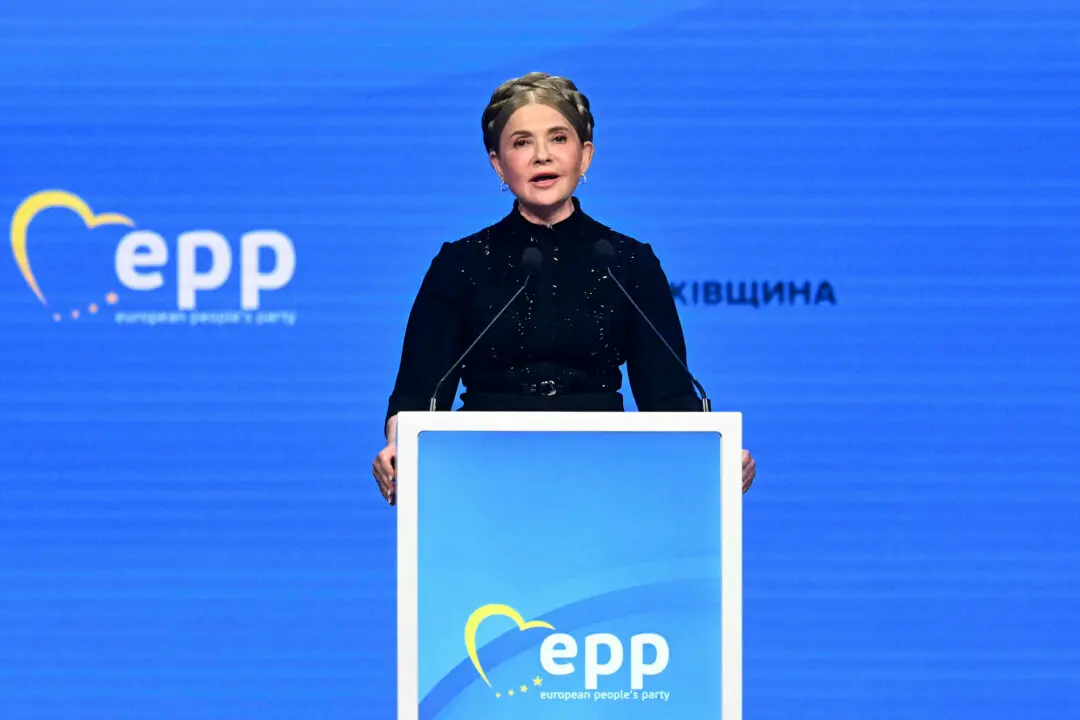The Federal Reserve’s preferred inflation gauge, the so-called PCE price index, jumped again to a multi-decade high in the year through December, though it inched down in monthly terms, while an alternate measure that reflects underlying price pressures rose in both annual and monthly terms, suggesting inflationary woes are far from gone.
The Commerce Department reported on Jan. 28 that the headline Personal Consumption Expenditures (PCE) price index rose by 5.8 percent in the 12 months through December, a faster pace than November’s 5.7 percent. December’s reading marks the highest pace of PCE inflation since July 1982.





